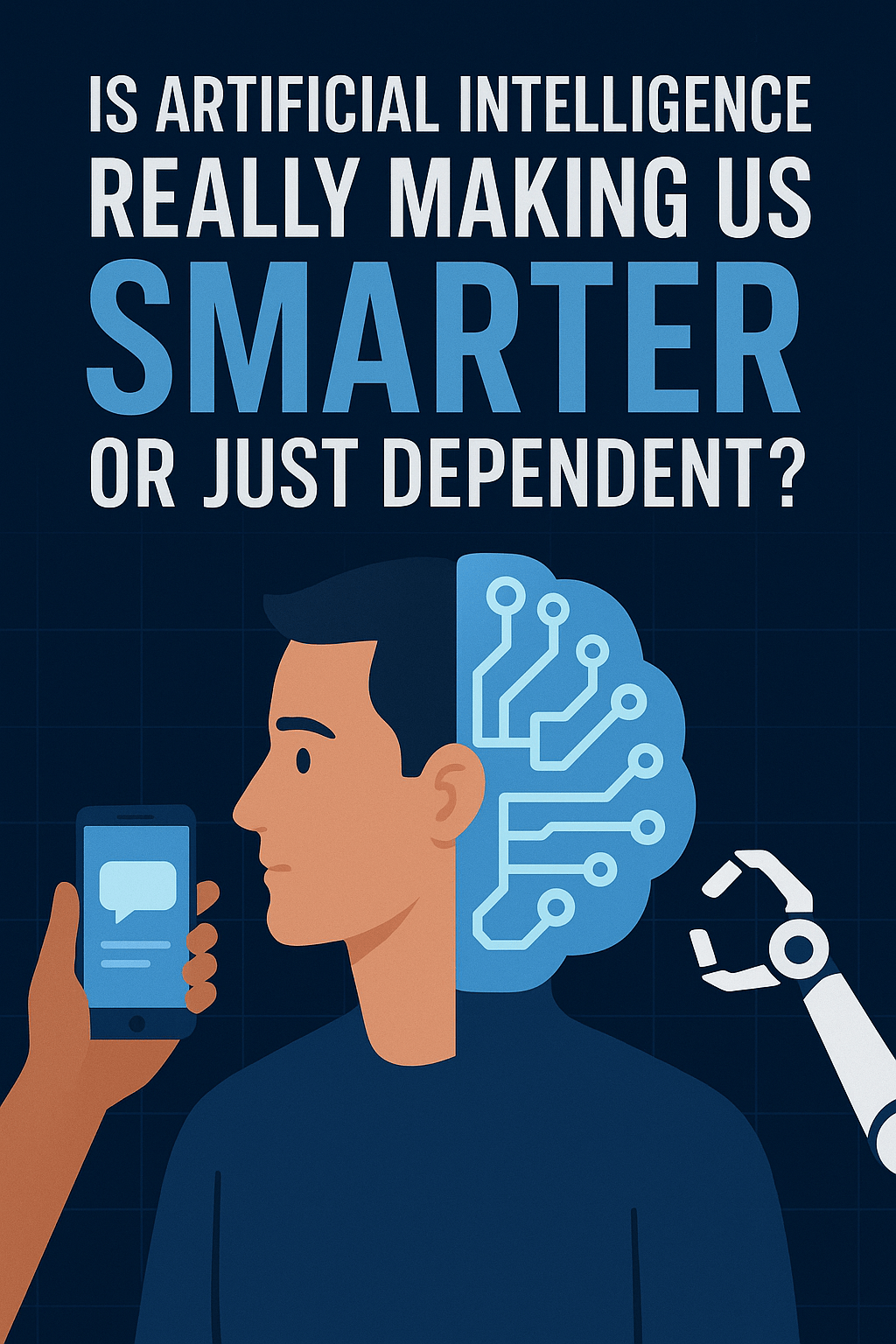In Canada, a vast and diverse country spanning from coast to coast, access to reliable internet and digital technology is crucial for participation in the modern economy and society. However, disparities in internet connectivity and digital infrastructure persist, particularly in rural and remote areas. In this article, we explore the efforts to bridge the digital divide in Canada, ensuring that all Canadians have equitable access to the opportunities afforded by the digital age.
Understanding the Digital Divide
The digital divide refers to the gap between those who have access to digital technologies and the internet and those who do not. In Canada, factors contributing to the digital divide include geographic isolation, socioeconomic status, and infrastructure limitations. Rural and remote communities often face challenges such as limited broadband availability, high costs of internet access, and insufficient digital literacy skills, exacerbating disparities in access to education, healthcare, employment, and other essential services.
Investments in Broadband Infrastructure
Bridging the digital divide requires significant investments in broadband infrastructure to expand high-speed internet access to underserved communities across Canada. The federal government, in partnership with provincial and territorial governments, has launched initiatives such as the Universal Broadband Fund and the Connecting Families program to fund infrastructure projects and provide subsidies for low-income households. Additionally, private sector investments from telecommunications companies are essential for extending broadband coverage to remote and rural areas.
Community-Based Solutions
Community-based initiatives play a vital role in bridging the digital divide by addressing local needs and leveraging grassroots efforts to improve internet access and digital literacy. Programs such as community broadband networks, digital skills training workshops, and public access points like libraries and community centers provide essential resources and support for residents in underserved areas. By empowering communities to take ownership of their digital futures, these initiatives foster inclusivity and resilience in the face of digital inequalities.
Mobile Connectivity and Wireless Technologies
In remote and rural areas where traditional broadband infrastructure may be cost-prohibitive or challenging to deploy, mobile connectivity and wireless technologies offer alternative solutions to bridge the digital divide. Mobile broadband networks, satellite internet, and fixed wireless access technologies provide reliable internet access to communities where wired connections are not feasible. Furthermore, advancements in 5G technology have the potential to revolutionize connectivity in rural areas, offering high-speed internet access comparable to urban centers.
Digital Literacy and Skills Development
Access to the internet alone is insufficient to bridge the digital divide; individuals must also possess the necessary digital literacy skills to effectively navigate and utilize digital technologies. Digital skills training programs, online courses, and workshops help empower Canadians with the knowledge and competencies needed to fully participate in the digital economy. By investing in digital literacy initiatives, governments, nonprofits, and educational institutions can empower individuals and communities to harness the transformative power of technology for social and economic advancement.
Conclusion:
Bridging the digital divide in Canada is essential for fostering inclusivity, economic prosperity, and social cohesion across the country. By investing in broadband infrastructure, supporting community-based initiatives, and promoting digital literacy and skills development, Canada can ensure that all Canadians have equitable access to the opportunities afforded by the digital age. As efforts to bridge the digital divide continue, collaboration between governments, private sector stakeholders, and community organizations will be essential in building a more connected and inclusive Canada, from coast to coast.











